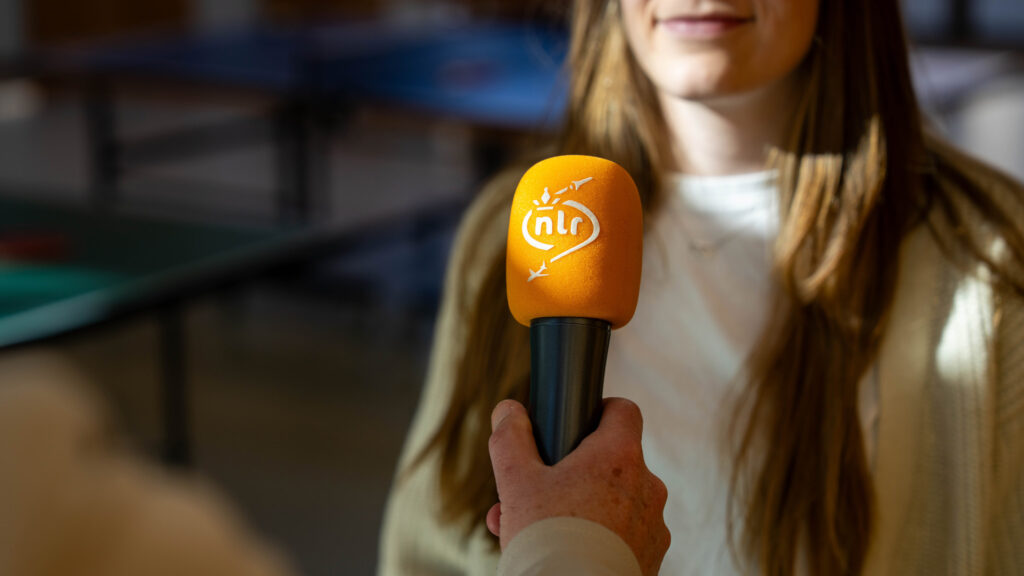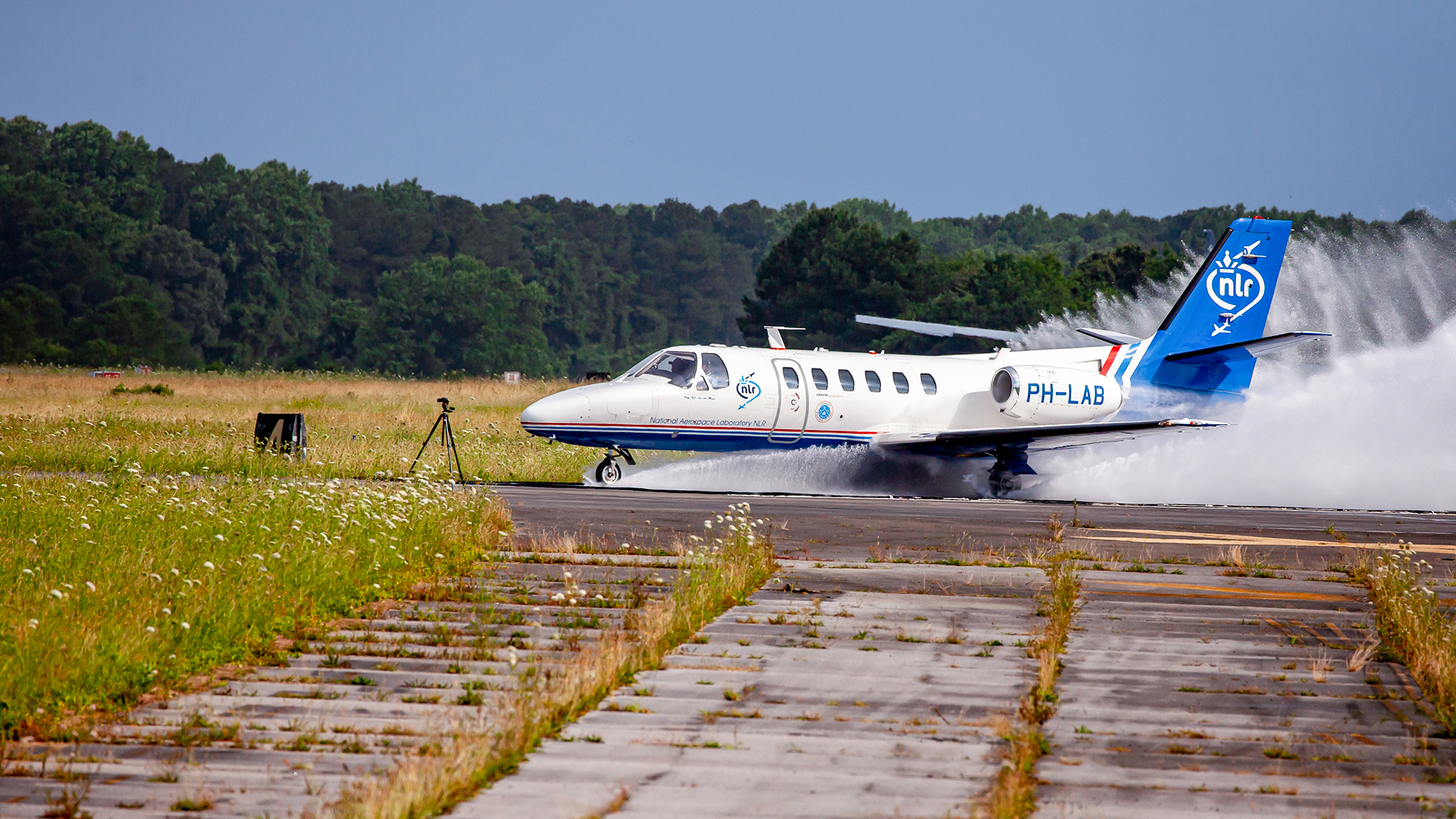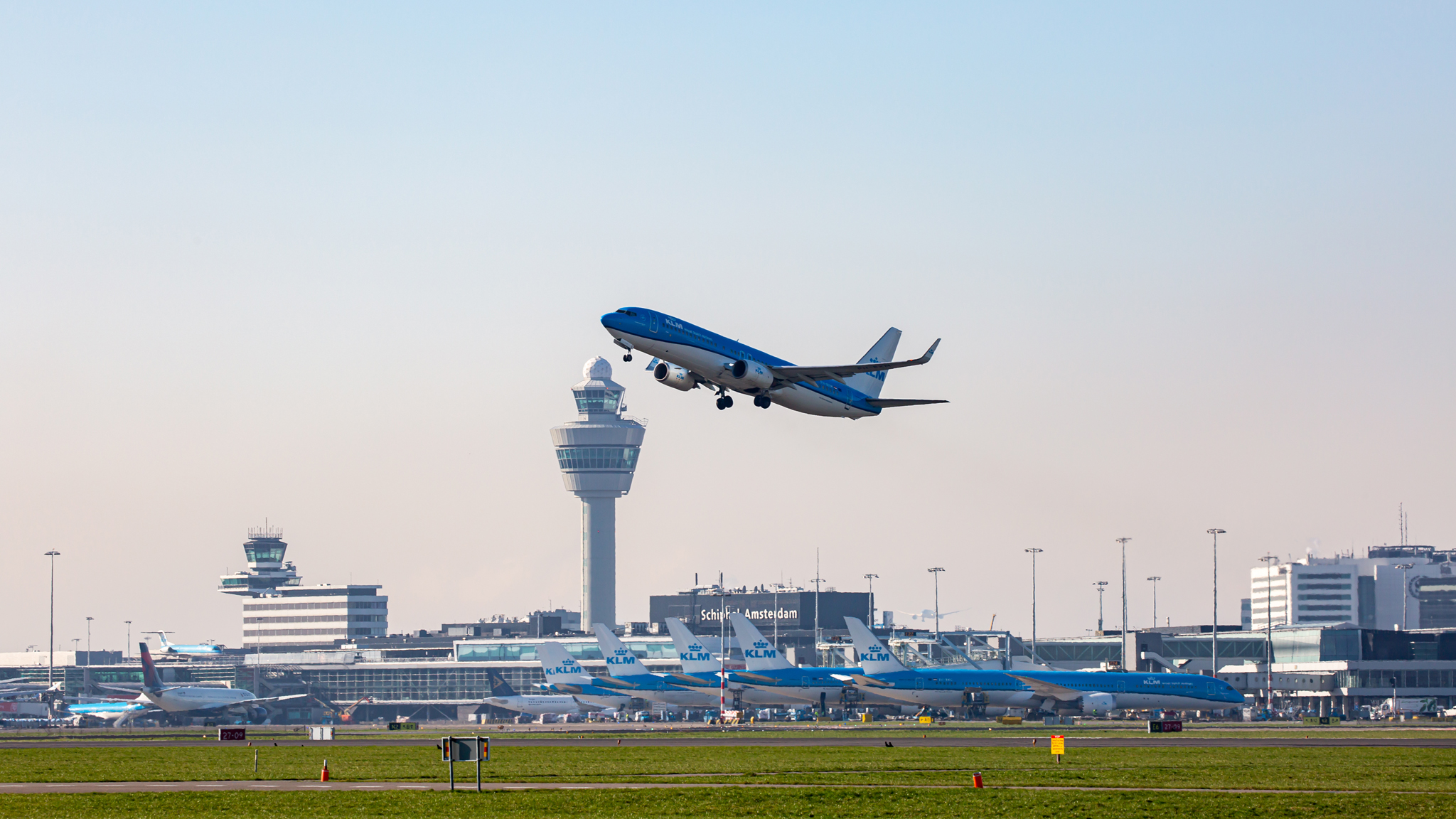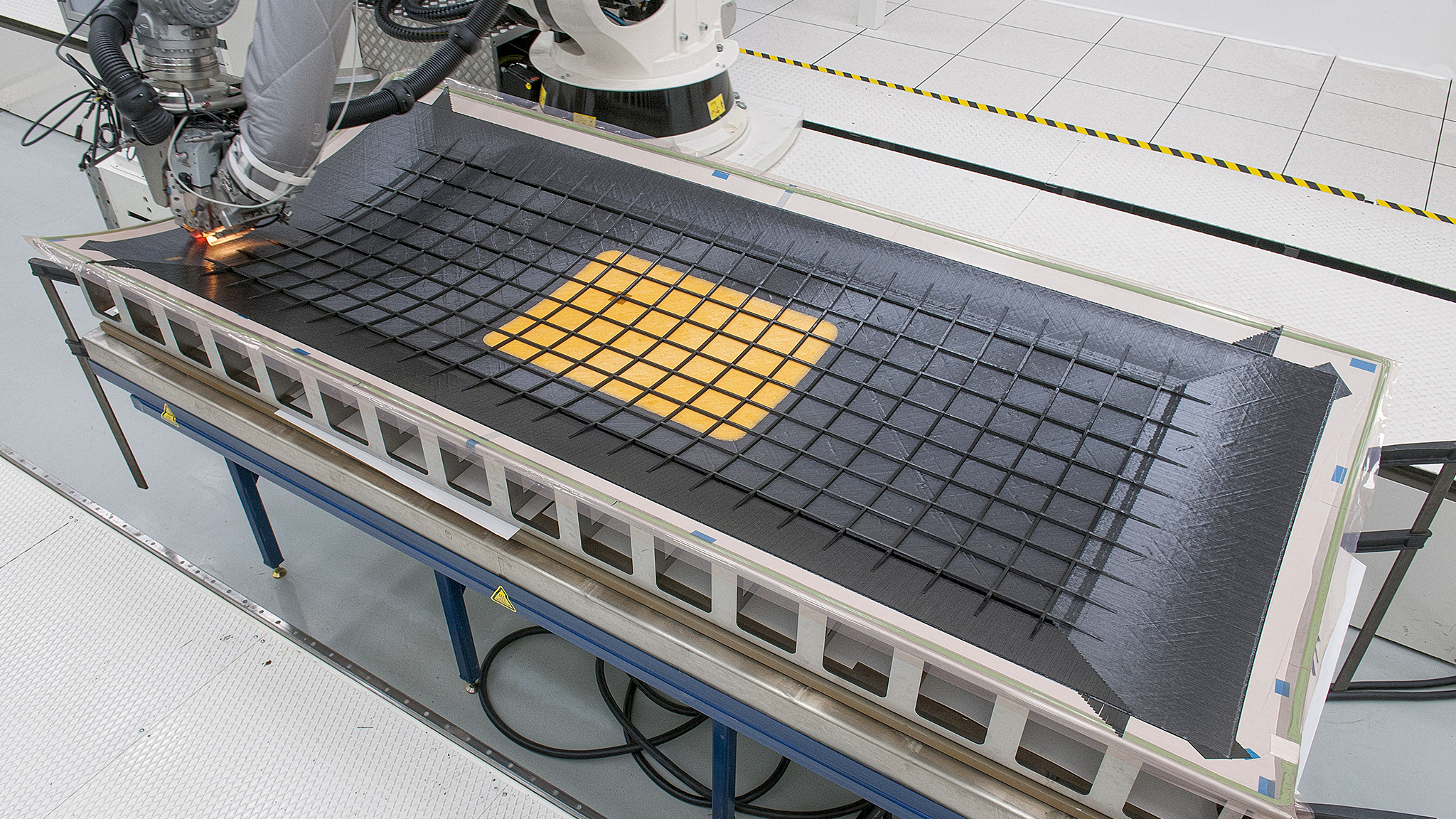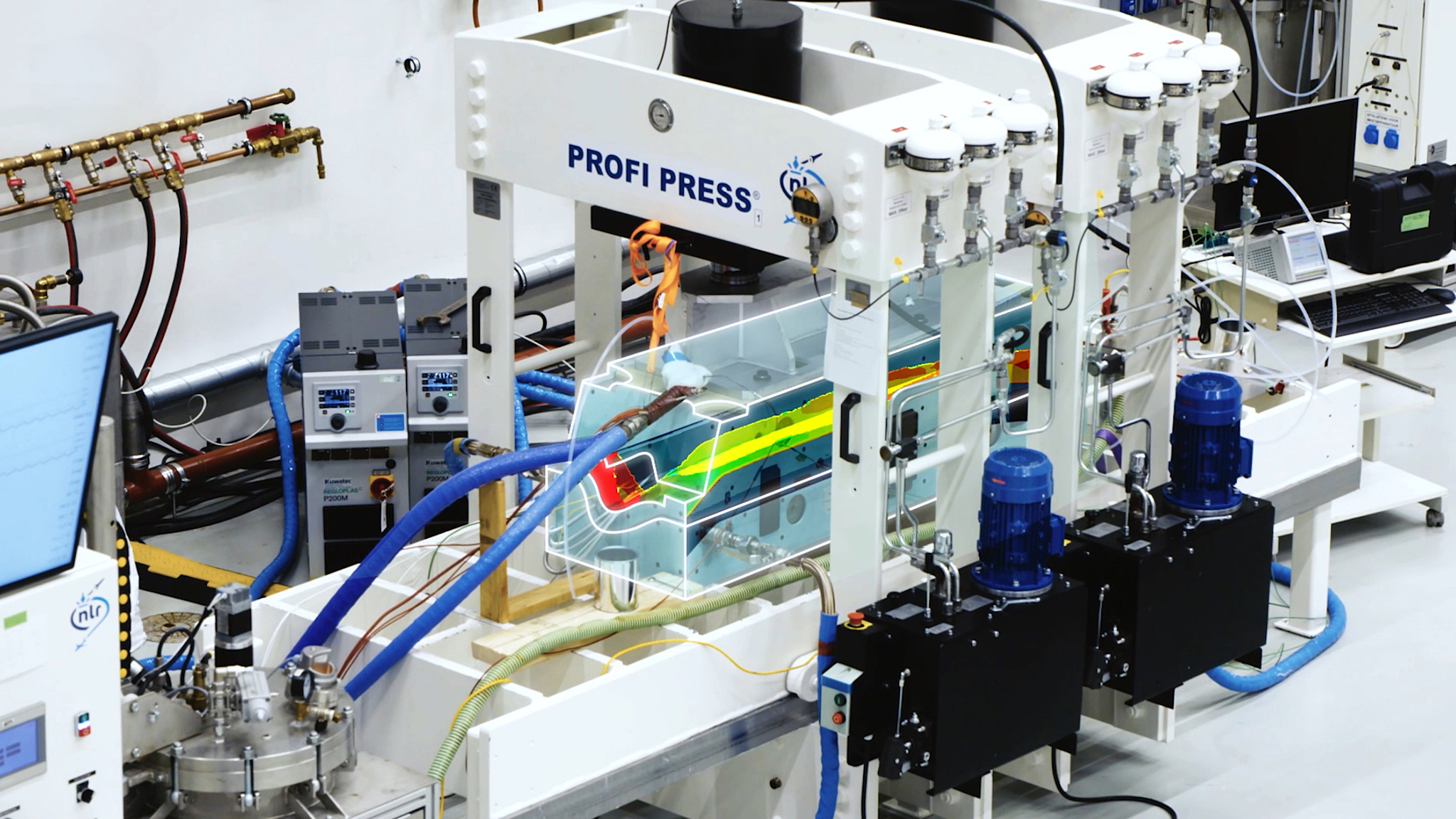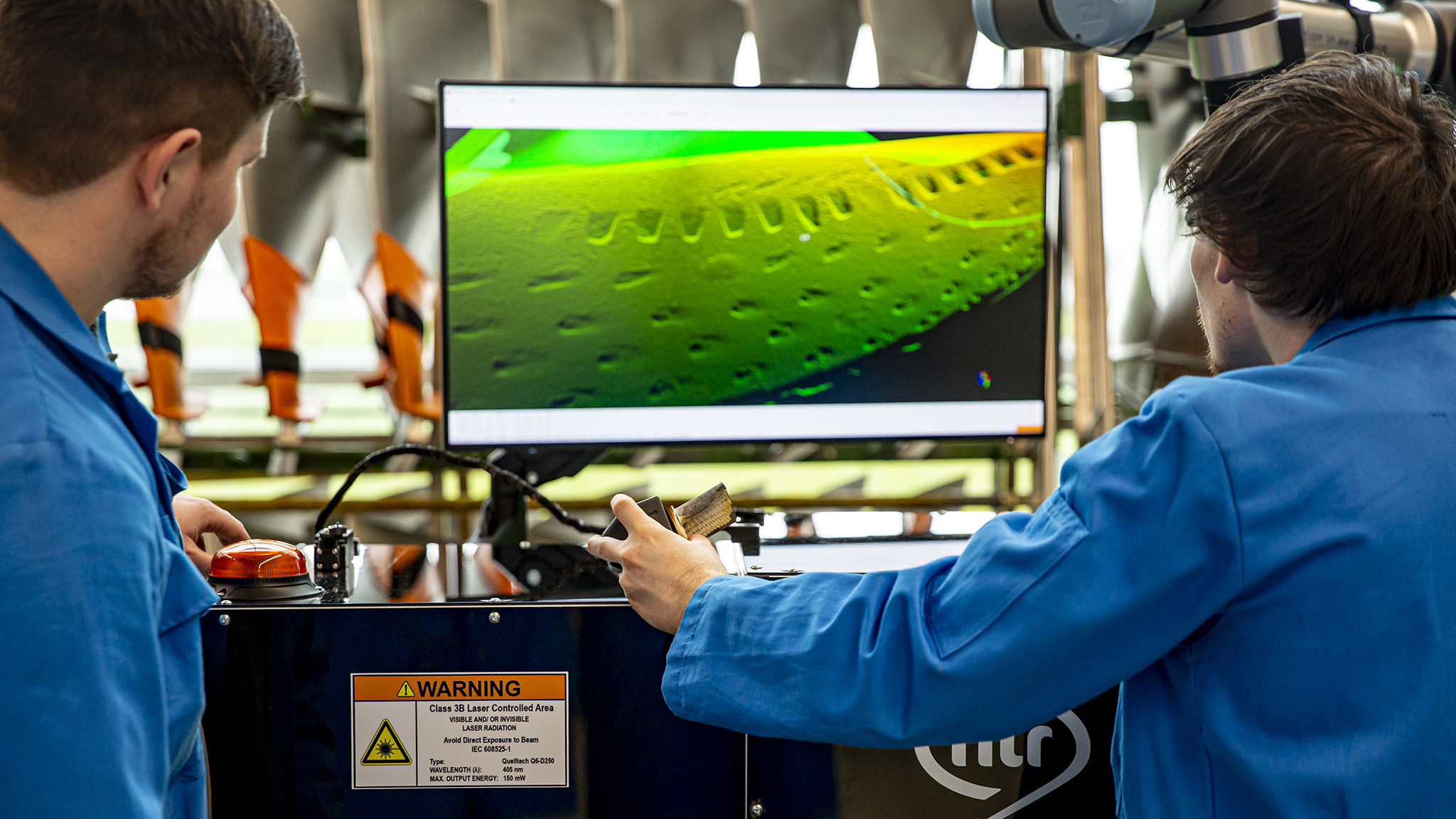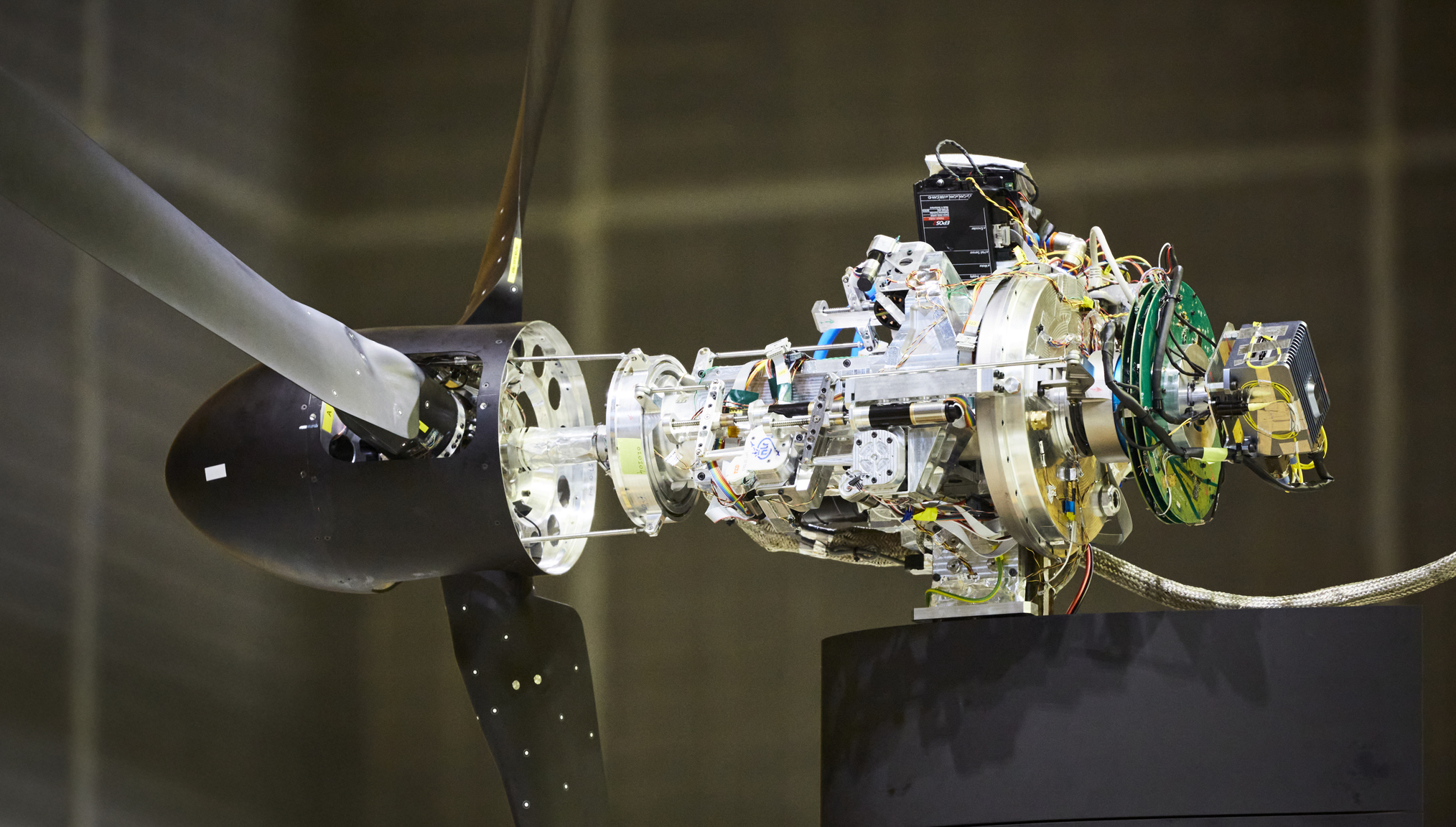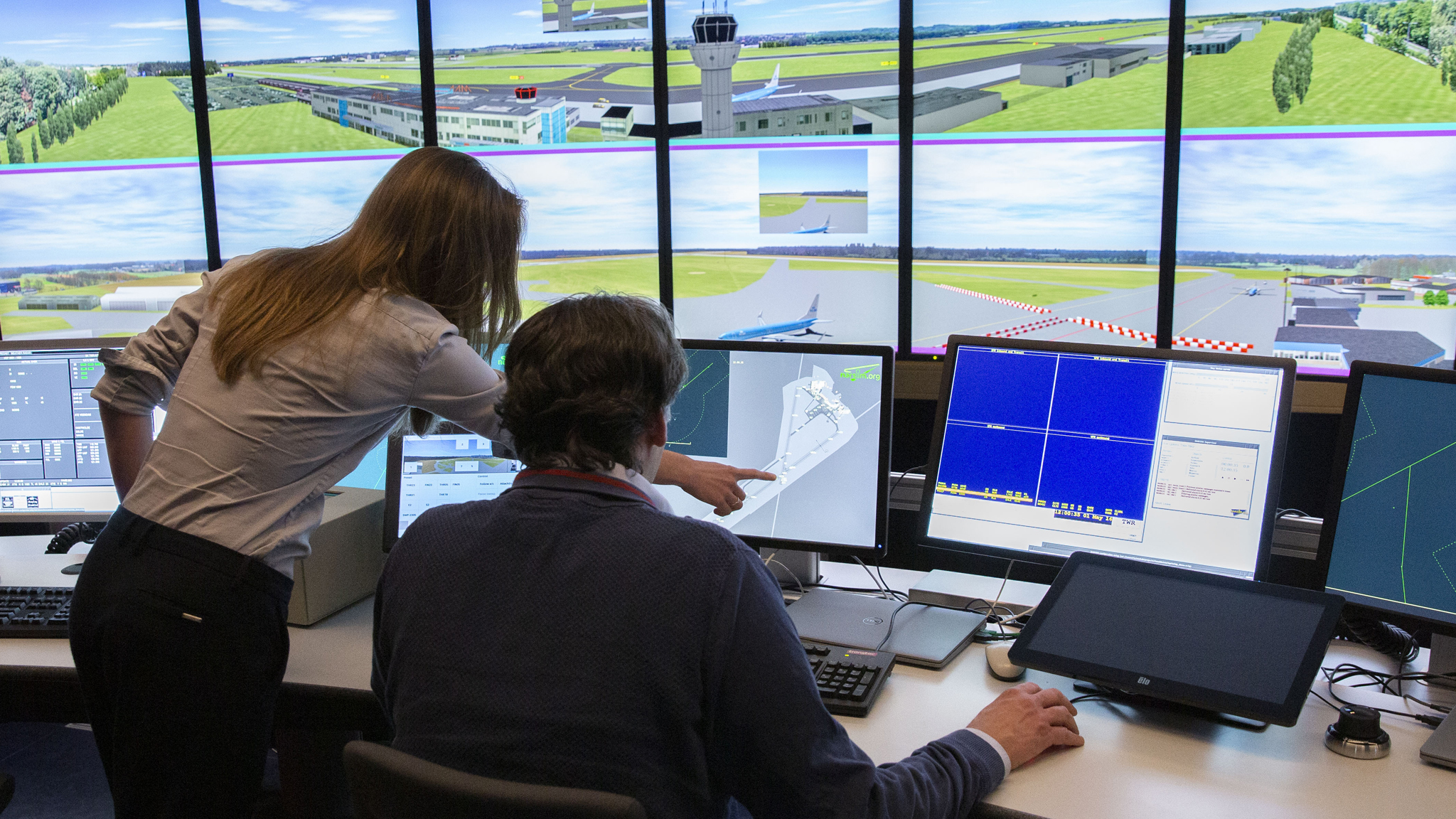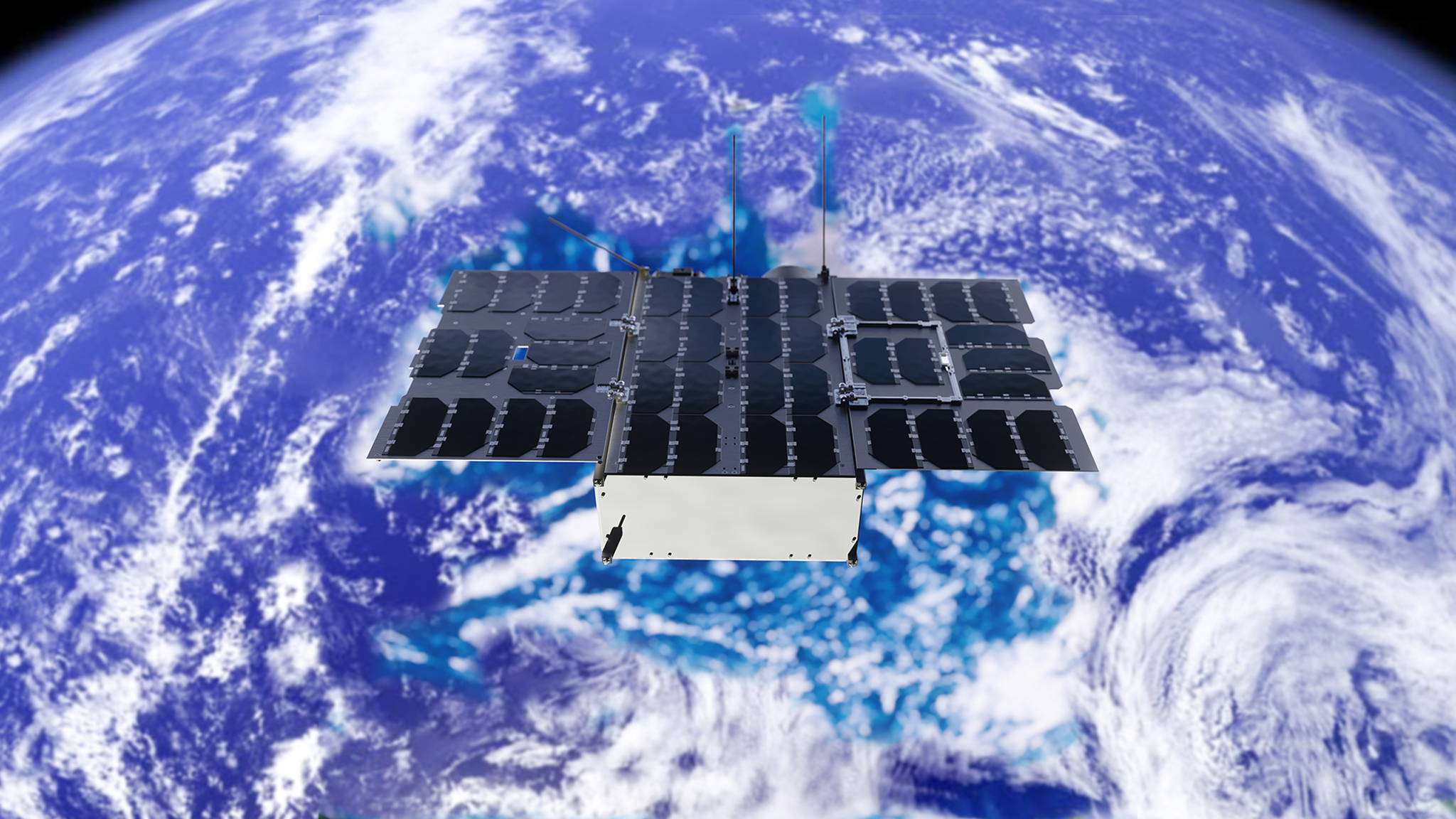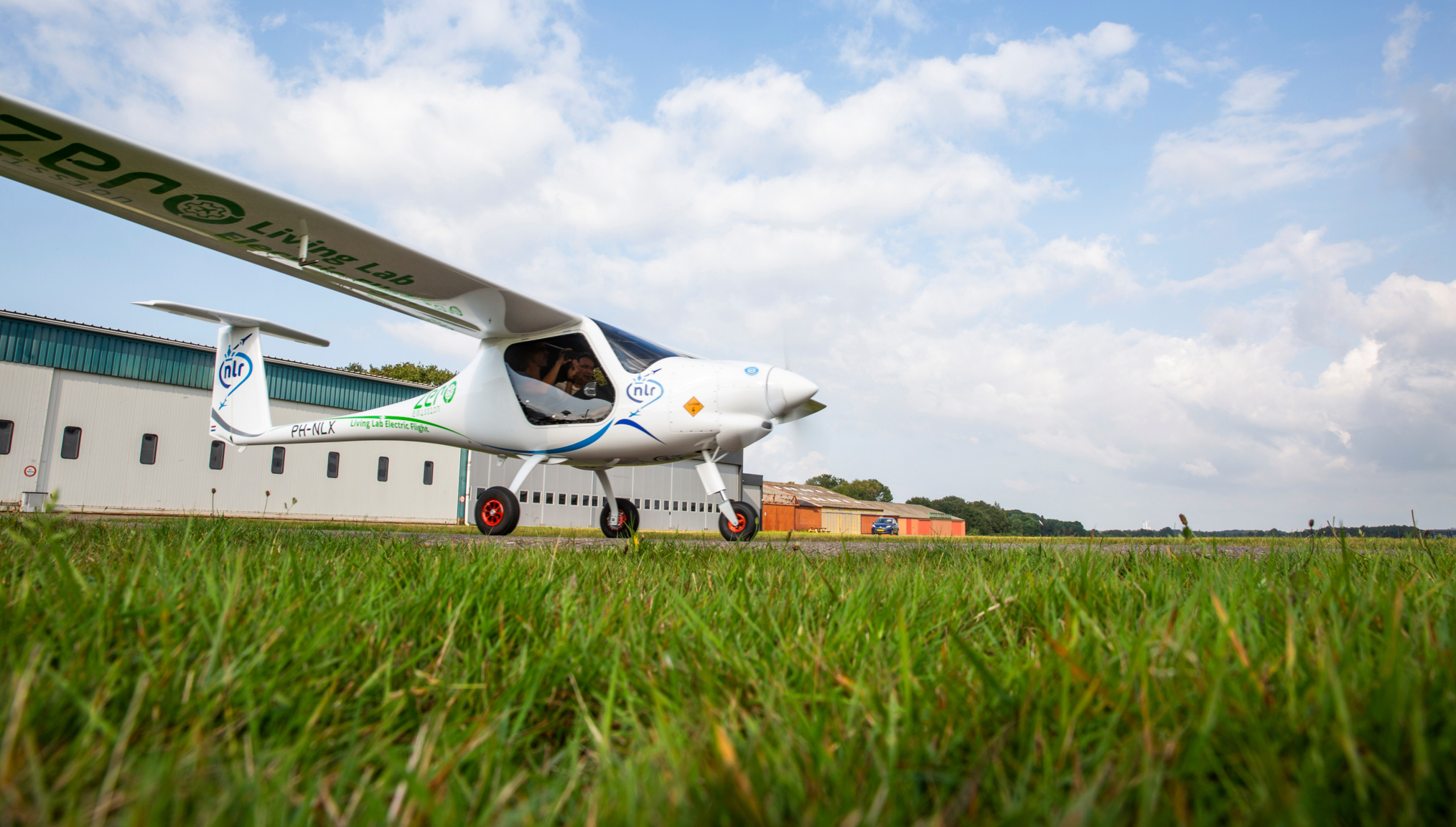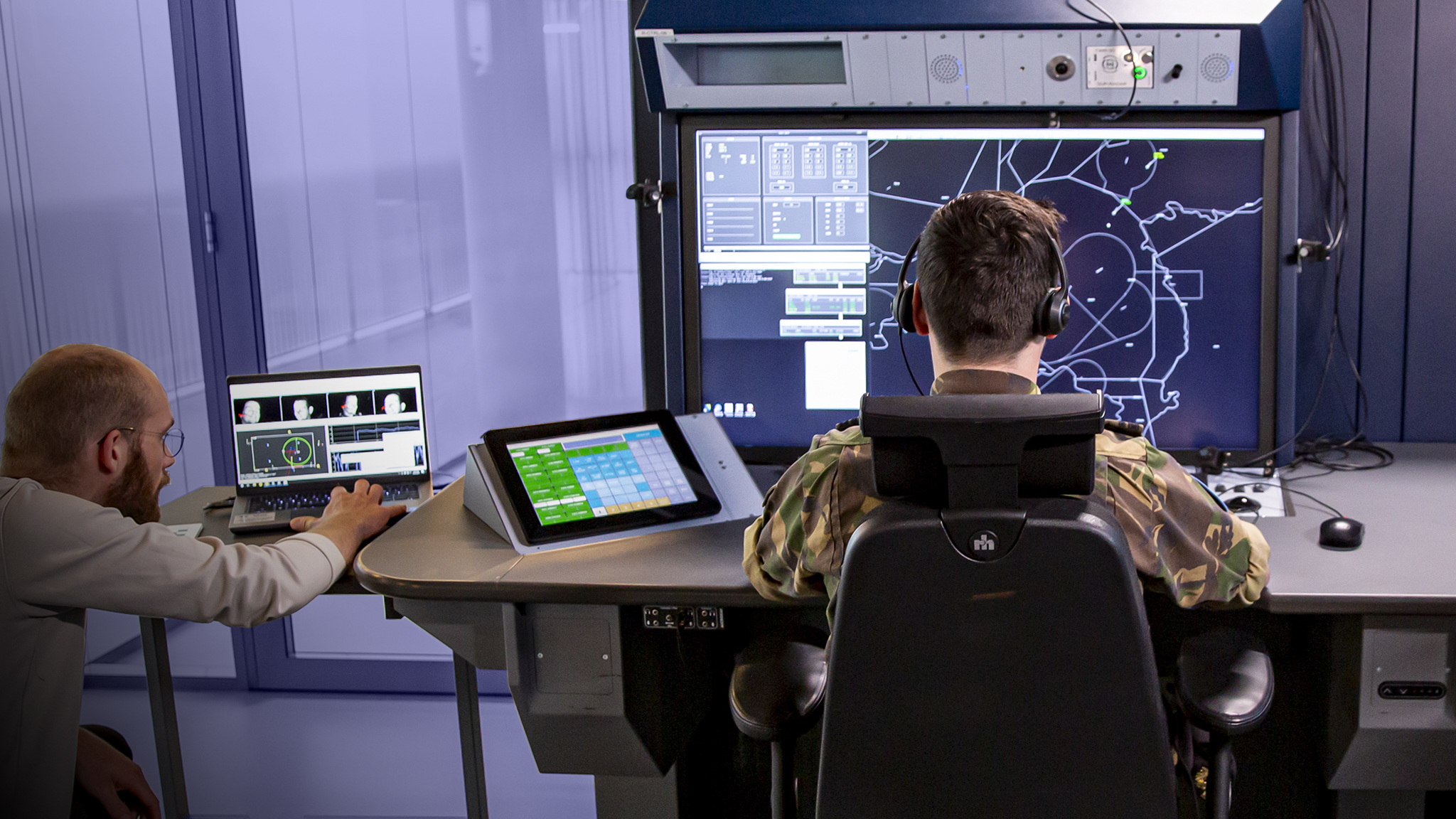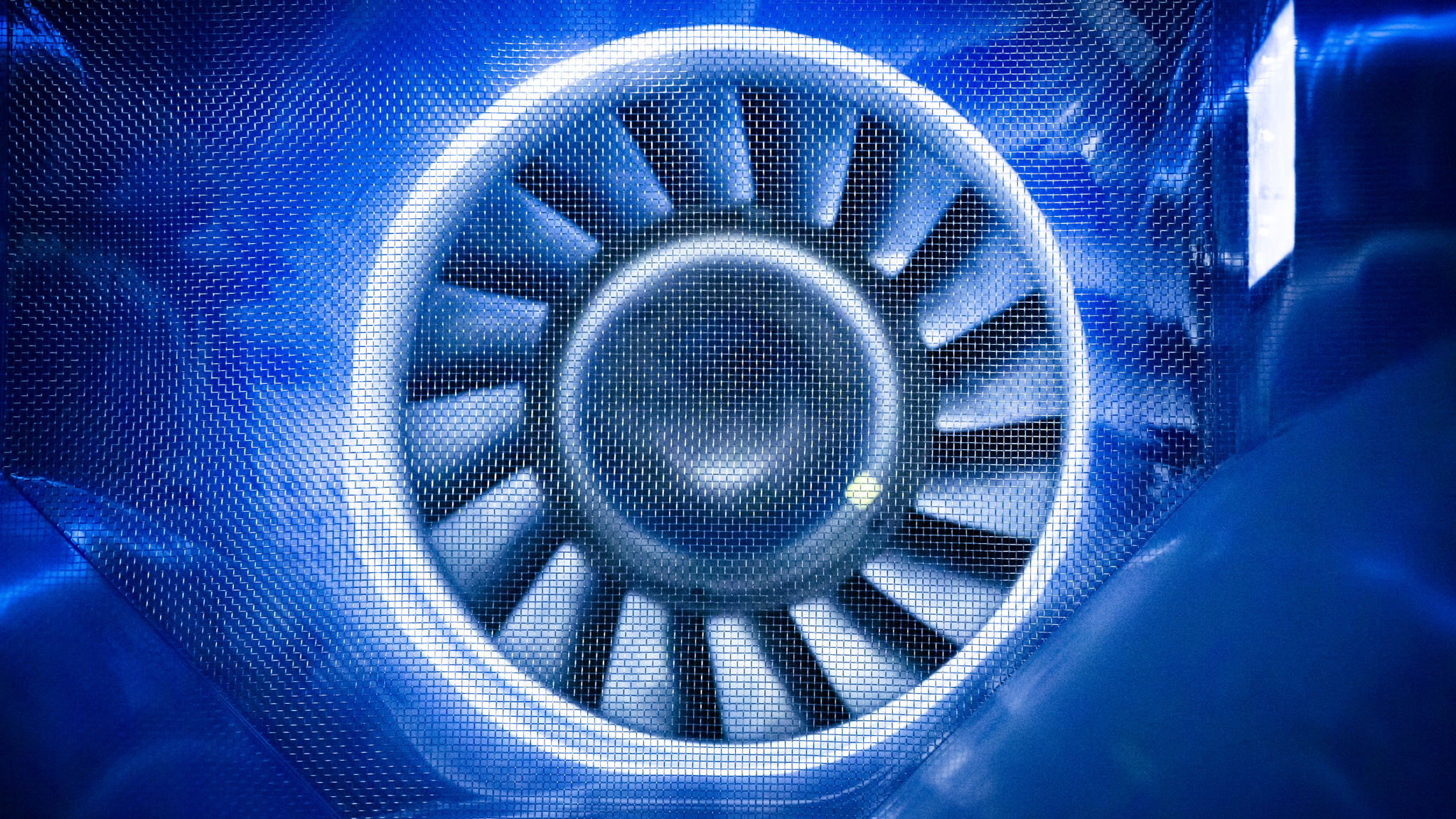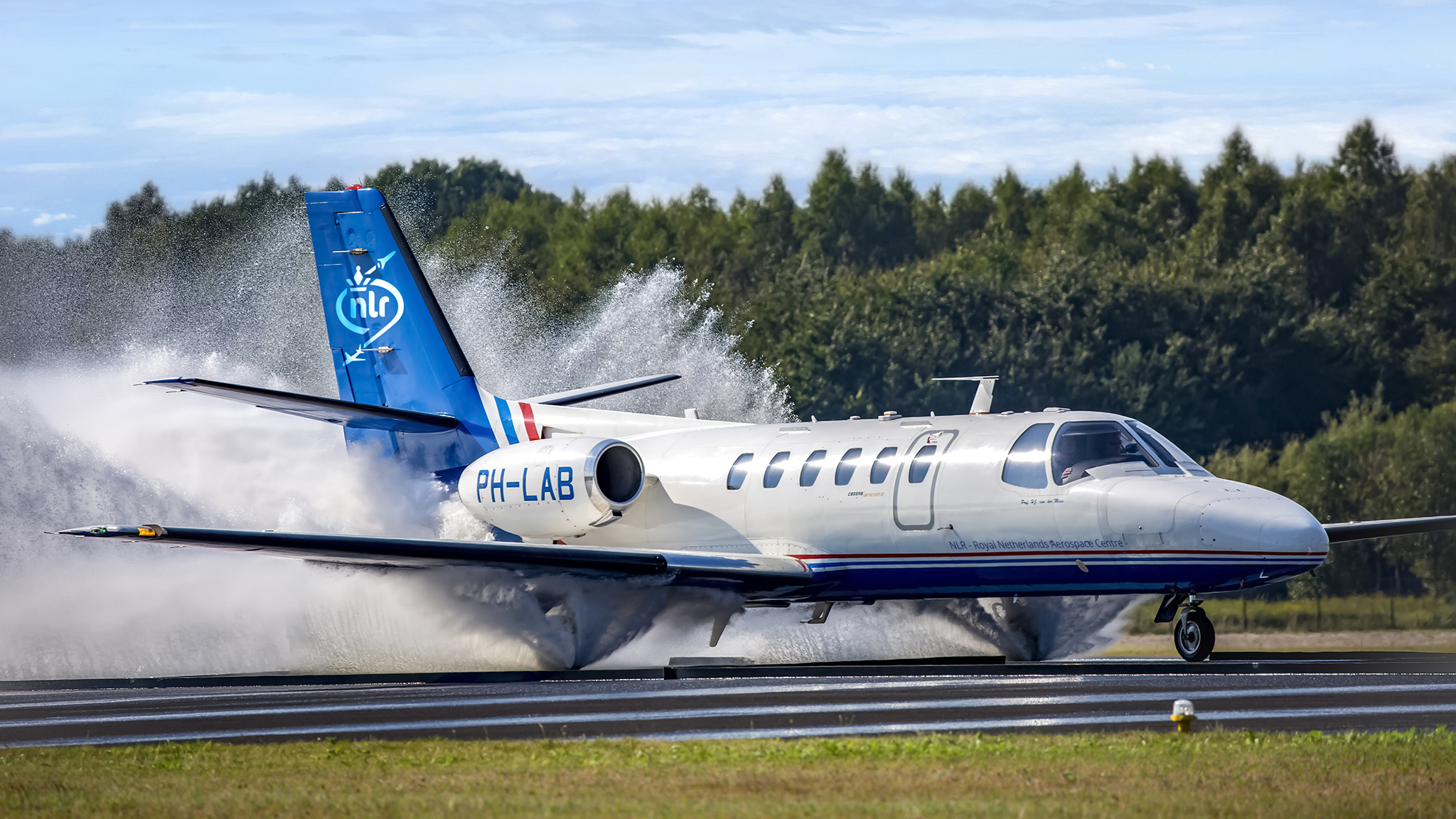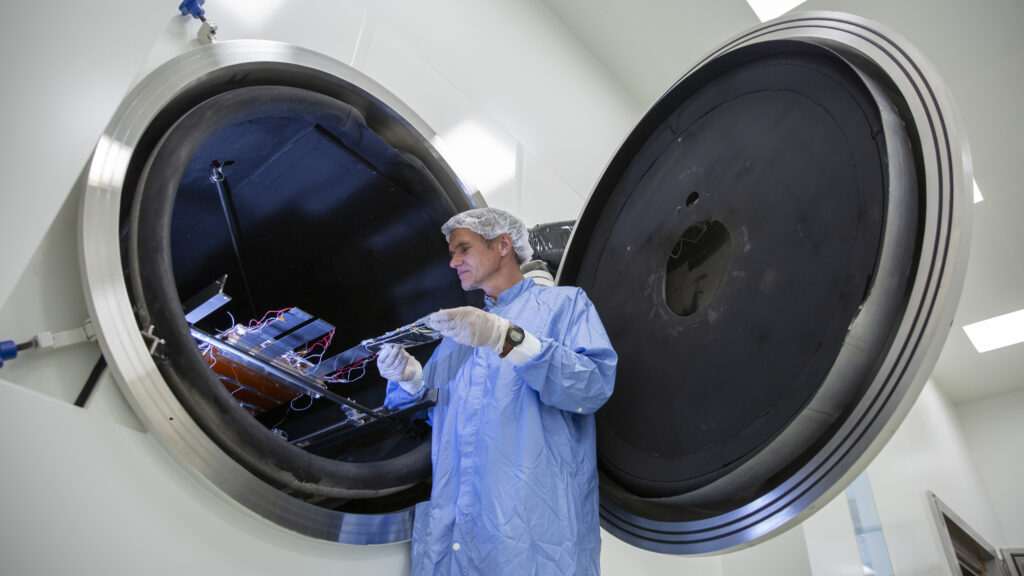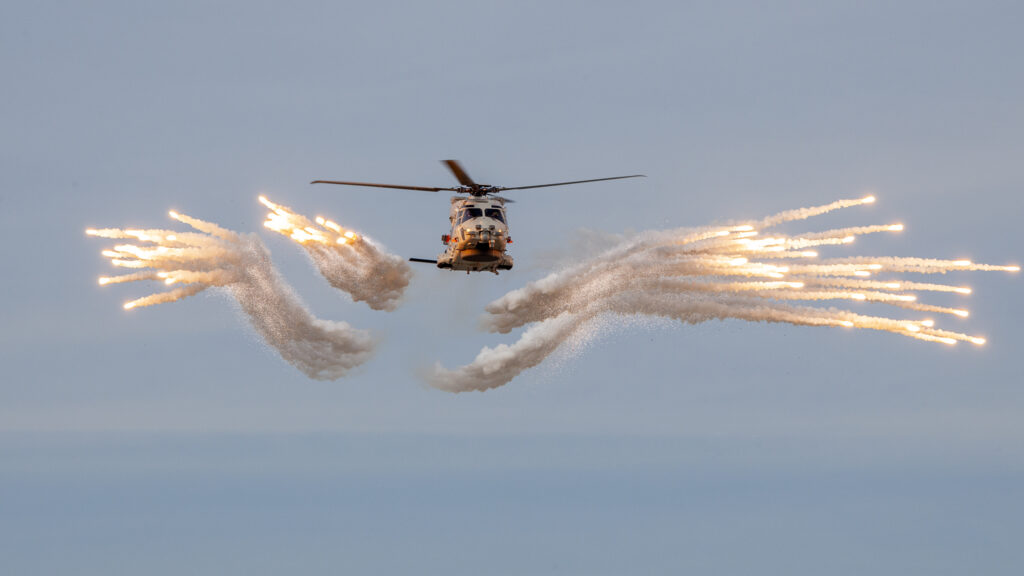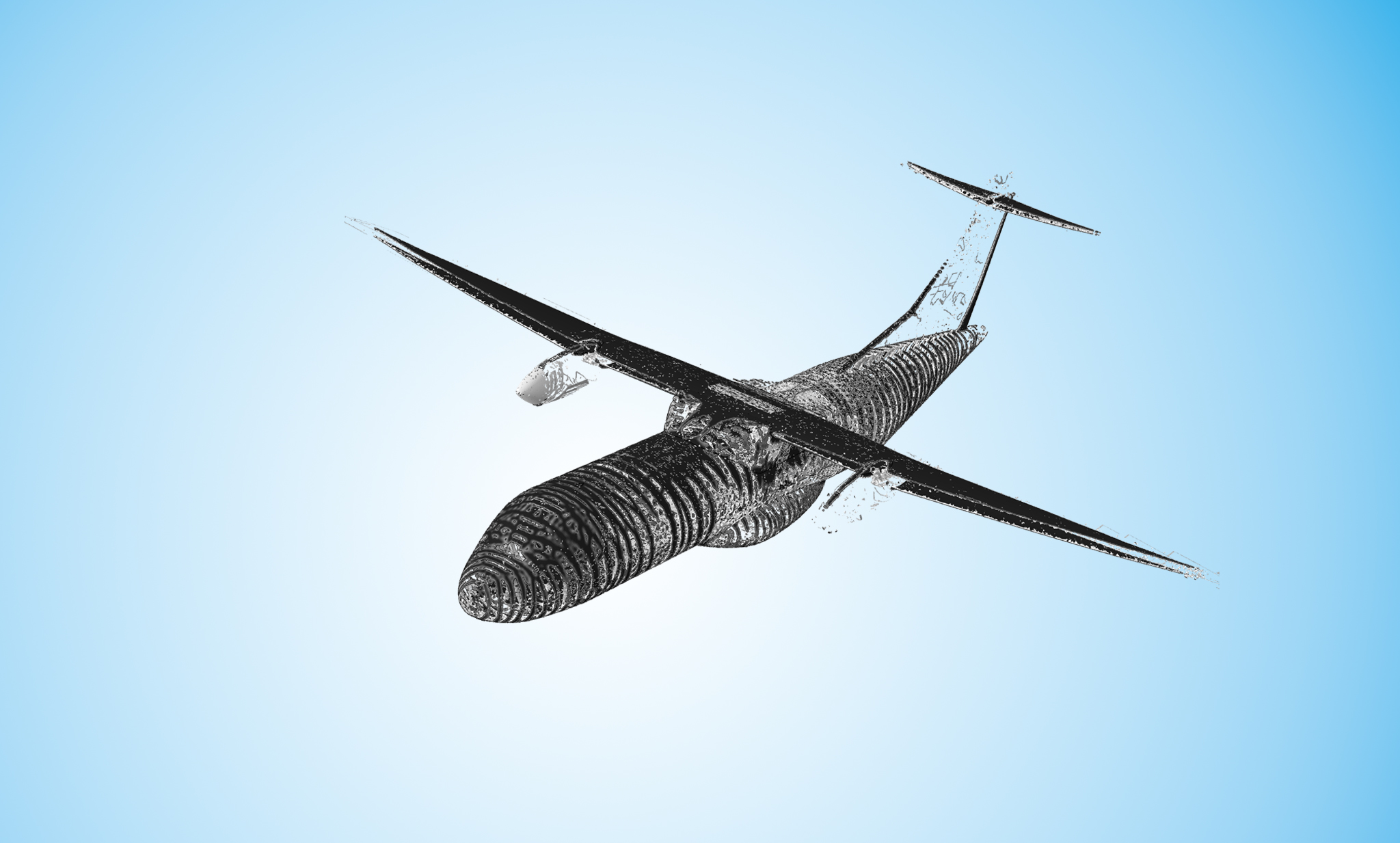
16 December 2025
Cosmic radiation threatens the reliability of aircraft systems
Recently, a remarkable incident made the news: thousands of Airbus aircraft worldwide were grounded after cosmic radiation disrupted digital electronic systems. A problem long familiar in space applications is becoming increasingly relevant for aviation. Ongoing digitalisation is making modern systems more vulnerable to invisible radiation from space.

28 November 2025
Unique in the EU: Modular EPTF Test Facility for Hydrogen-Powered Flight
With the opening of the Energy to Propulsion Test Facility (EPTF), NLR now operates a unique, modular test facility designed to support research. At present, the focus lies on hydrogen-electric aircraft propulsion. The new facility provides startups, SMEs and industrial partners with optimal conditions to safely and thoroughly test complex innovations in this field. In doing so, NLR contributes to accelerating aviation sustainability.
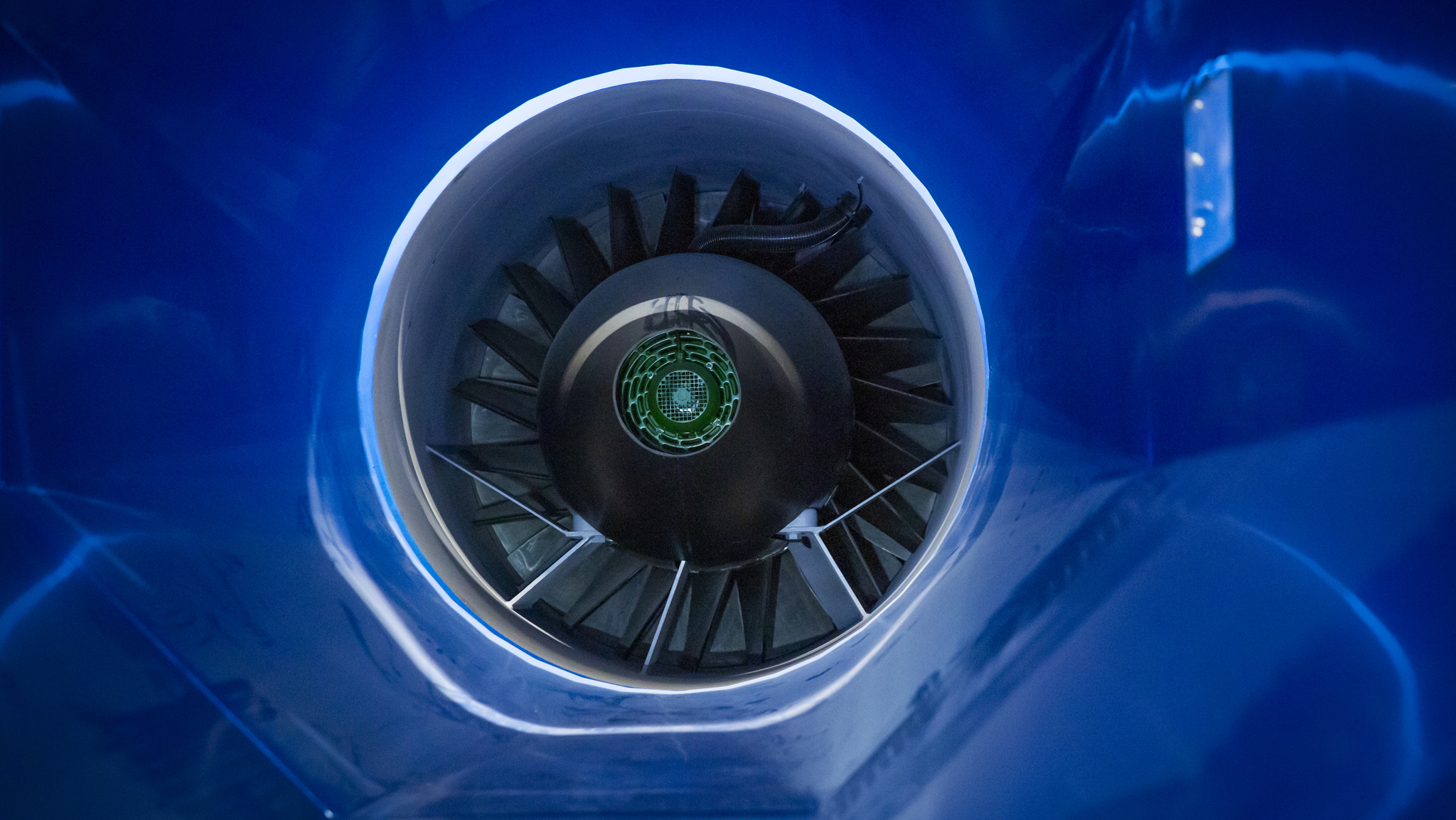
CHECK OUR NEWS IN BRIEF HERE
AGENDA
Let’s meet!
3 -4 March
Amsterdam Space Symposium
10-12 March
JEC World
26-28 May
Airspace World
10-14 June
ILA Berlin
Areas of expertise
Programmes
Markets
NLR Repository
Newsroom
Stay up to date with the latest developments. In the Newsroom you can find the latest news, articles, and blogs from NLR. We also showcase a range of videos and publications here. For more video content, please visit our YouTube channel, NLRmedia.
